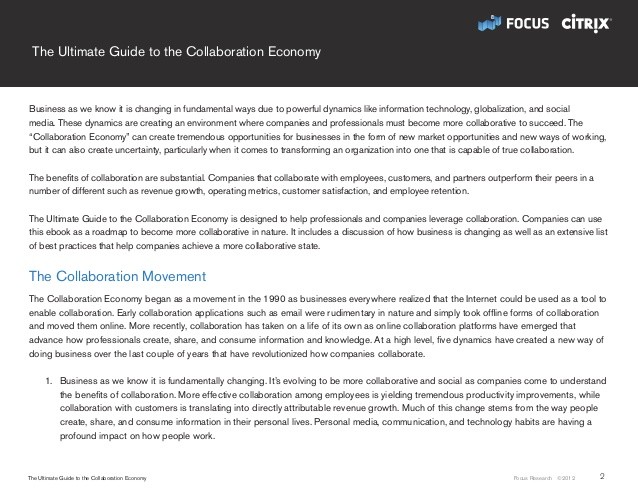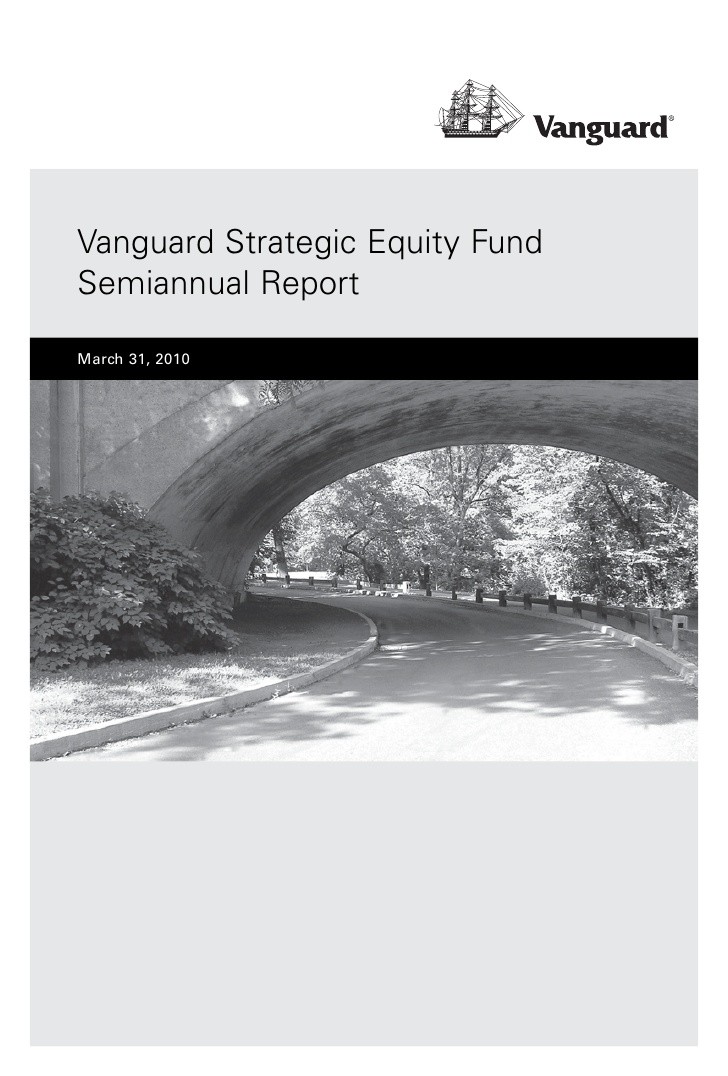Ultimate Guide To Understanding The Yield Curve
Post on: 18 Октябрь, 2015 No Comment

Ultimate Guide To Understanding The Yield Curve
January 30, 2013
While many of us check various stock and bond indexes to see how our portfolios are doing, the majority of investors ignore one of the best analytic tools of market health—the yield curve. The indicator is a great predictor of future economic activity as well as future levels of inflation. The yield curve directly affects the price of everything from stocks and real estate to household items like toilet paper. The measure is even more important to those dabbling in the bond markets.
But what exactly is the yield curve and how can the average person use it to make investing and spending decisions?
What Is the Yield Curve?
In its simplest form, the yield curve is a line that plots the interest rates at a certain set point in time of bonds having equal credit quality, but differing maturity dates. Think of it this way, if you took the interest rates of U.S. Treasury debt (three-month T-bills, two-year & five-year notes and 30-year bonds) and placed them in a line, you would have a yield curve. In fact, you would have the most common measure used by most analysts and as a benchmark for other debt in the market, such as mortgage rates or bank lending rates.
However, virtually any group of bonds or other fixed-rate securities that comes from the same asset class and shares the same credit quality can be plotted on a yield curve. Muni bonds, emerging market sovereigns and junk corporate debt can all be plotted as a yield curve graph.
The graph of the yield curve is constructed quite easily- it s a basic XY graph. Along the x-axis, investors can plot time to maturity for the associated bonds. This is the three-month, five-year, etc. length of the bond. Along the y-axis of the yield graph, investors can plot the yield to maturity for the associated bonds.
That gives us something like this:
Why Is the Yield Curve Important to Investors?
First, it s important to note that the shorter the maturity, the more closely we can expect yields to reflect the current Fed funds rate. Looking out further, we can then gauge the market consensus of future economic activity and interest rates.
Depending on how the plot is sloped, we can estimate how the bond market expects short-term interest rates—as a reflection of economic activity and future levels of inflation—to move in the future. The key is reading how it its sloped and the severity of that curve.
For example, if the curve is inverted (pointing down) on the short-end of the maturity side, interest rates should move lower over the next two years, and it suggests an overall expected slowdown in the U.S. economy. Investors in the stock market may want to position themselves accordingly by buying shares in recession-resistant firms like consumer staples or utilities.
Bond investors can use the curve to determine just how long they want to tie their money up relative to the amount of yield they require. In the above inverted example, if investors are concerned about the future, they won’t buy longer-termed bonds because of the instrument s greater risk. If the investment community is really worried, then 30-year bonds can actually cost less than T-bills. That s a total reversal of the normal relationship.
Additionally, bond investors can look at the spread between two bonds on the curve or the difference between the interest rates paid on those bonds. For example, if a 30-year bond is paying 5% while a 10-year bond is paying 3.5%, the spread is 1.5%. This gives bond investors some idea of just how high or low interest rates will need to be raised or just how severe a recession will occur. Investors can then plan accordingly and take more or less risk by moving out or in on the curve.
Again, while the yield curve is typically plotted with U.S. Treasury bonds, investment decisions about munis as well as other bond types can be determined by plotting them in a yield curve.
Three Common Types

Generally, plotting a yield curve graph will produce three common types of scenarios: normal, flat and inverted.
The normal yield curve shows long-term bond rates at higher levels versus short-term bonds. This indicates strong confidence in the near-term for the economy and less confidence further out. It also means that investors believe the Federal Reserve is going to be raising interest rates in the future. The Fed usually only raises interest rates when the economy is expanding and inflation is a worry. A normal yield curve suggests that an economic upturn is on the horizon.
An inverted yield curve occurs when interest rates for longer maturities are lower than those for shorter ones. It’s rare when the curve on Treasuries inverts, and it indicates that investors believe the Federal Reserve is going to be dramatically cutting interest rates very soon. This usually happens during an economic contraction or recession.
Flat/Humped
A flat, or sometimes called a humped, yield curve shows that shorter and longer-term yields are very close to each other. This is often seen as a predictor of an economic transition. Like an inverted graph, a flat yield curve also indicates that the Fed may be cutting interest rates soon, but perhaps not as much as with an inverted curve. Measuring the spread is key to see which way the Fed may act. Overall, the flattening of the curve suggests that the market has already anticipated any change.
The Bottom Line
Just as we check major stock or commodity indexes to see how the markets are doing, investors should add the yield curve to their morning routines. The easy-to-plot graph of interest rates versus maturities for bonds can tell us a lot about the health of the economy and how to position our portfolios.














